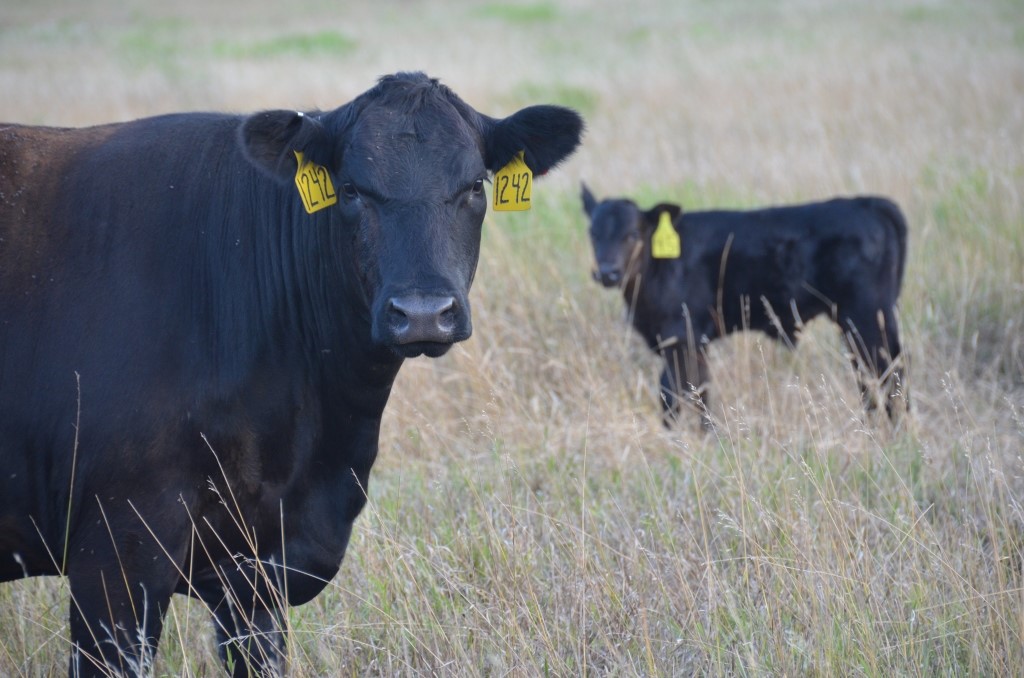
With fall quickly approaching, it is getting to be the time of the year that most beef farmers are beginning to prepare for weaning beef calves. It is important that calves are weaned correctly in a low stress environment. Low stress weaning will help minimize weight loss and time off feed. By accomplishing this, we will see better overall Average Daily Gains, as well as a lower feed to gain conversion. Low stress weaning is achieved by weaning calves at a slow and calm rate. I prefer bringing cattle up with a bale on the tractor to prevent chasing them. Calves are sorted out, castrated, dewormed, and vaccinated. In our herd, tattoos are given to registerable cattle as well. We try to do all of this moving slowly, with minimal yelling or noise. Cows are then moved back to pasture, while the calves remain in the feed yard. I always make sure to have a feed identical to the creep they were on waiting in the bunks, as well as good hay in the feeder, free choice mineral, and the Vitaferm stress tubs.
These stress tubs are sweet to the taste and loaded with prebiotics. These probiotics are in the form of Amaferm. The licking of these tubs stimulates rumen activity in these calves, causing them to go back on feed quicker. Since I started this method, rarely do I see cattle go off feed. I suggest keeping cattle on the same diet for at least a week before gradually transitioning them into their grower or finisher diets.
I often recommend during this transition topdressing a product by Purina call PreCon. It can be medicated and is very palatable. It minimizes cattle going off feed during the diet transition. I prefer weaning cattle around 500 pounds, in cooler weather. This helps minimize the heat stress and helps promote healthier cattle. According to research done by Colorado State University and Kansas State University, cattle that are weaned in a low stress method at lower weights like 500 pounds creates better marbling, thus resulting in higher carcass yields and grades.